This felt like a perfect match for the theme. The cute visuals worked well, and the eat-and-grow mechanic was fun, especially if you enjoy games like Hungry Shark. It clearly feels like a mechanics test, but it plays fine and does what it aims to do.
For a jam entry, expanding the playable area a bit could make the experience feel bigger and more engaging. Overall, a nice and enjoyable concept with clear potential.


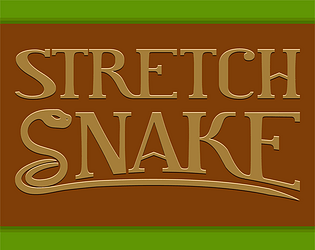

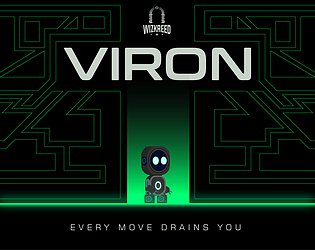
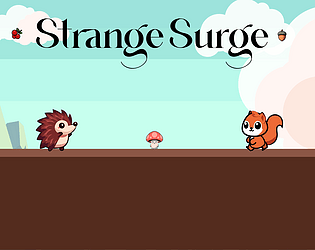
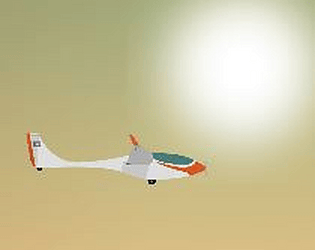
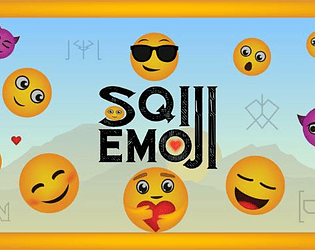

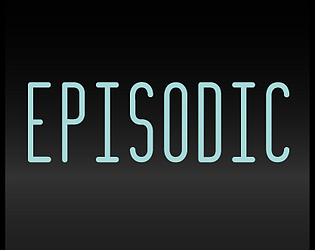
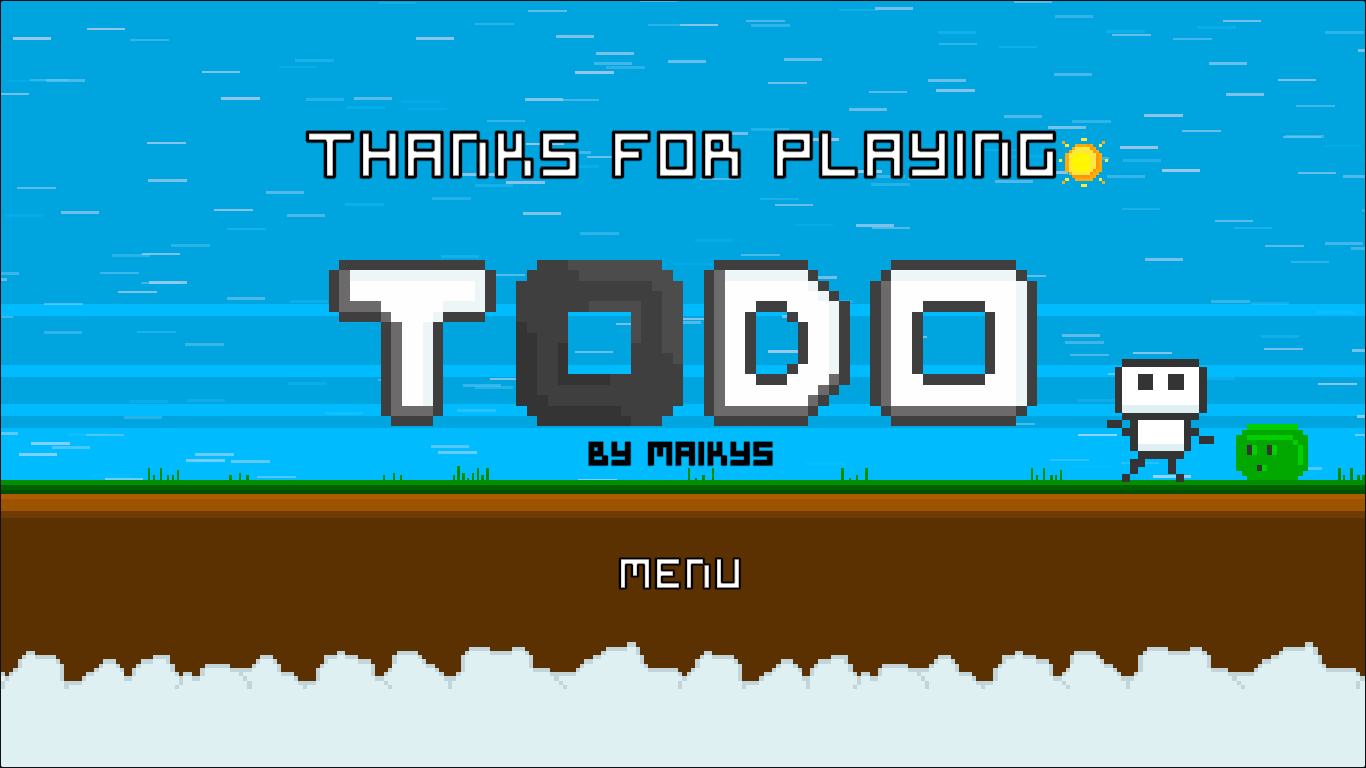
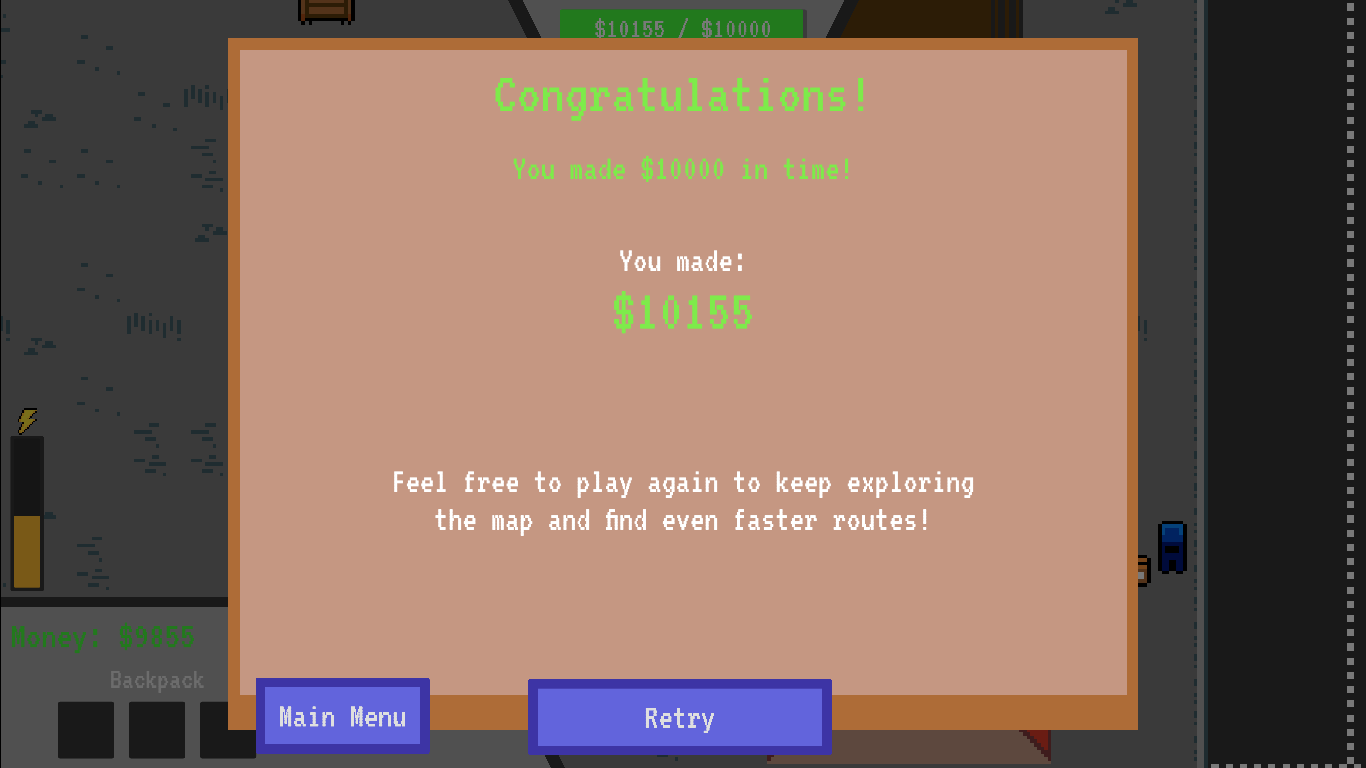
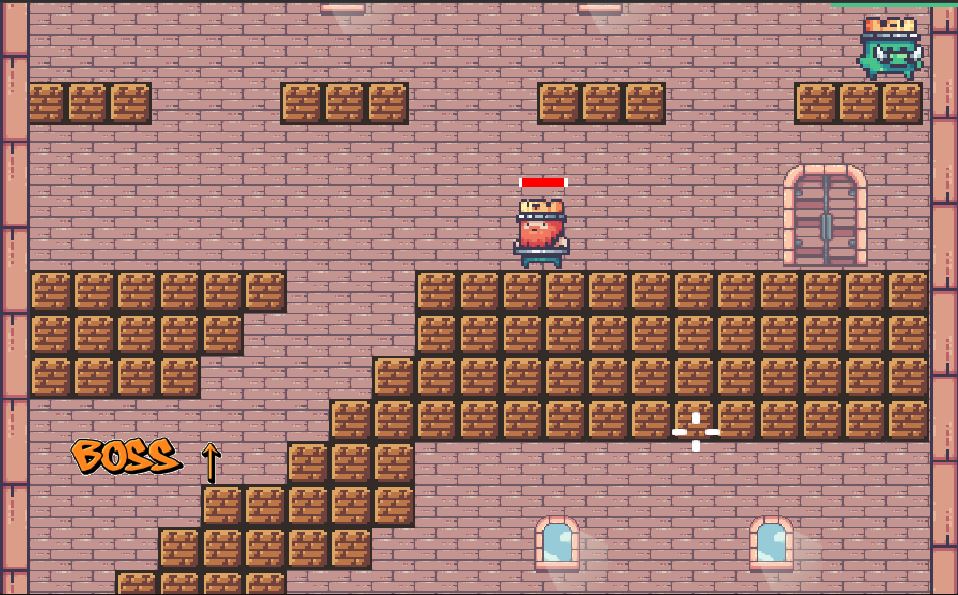
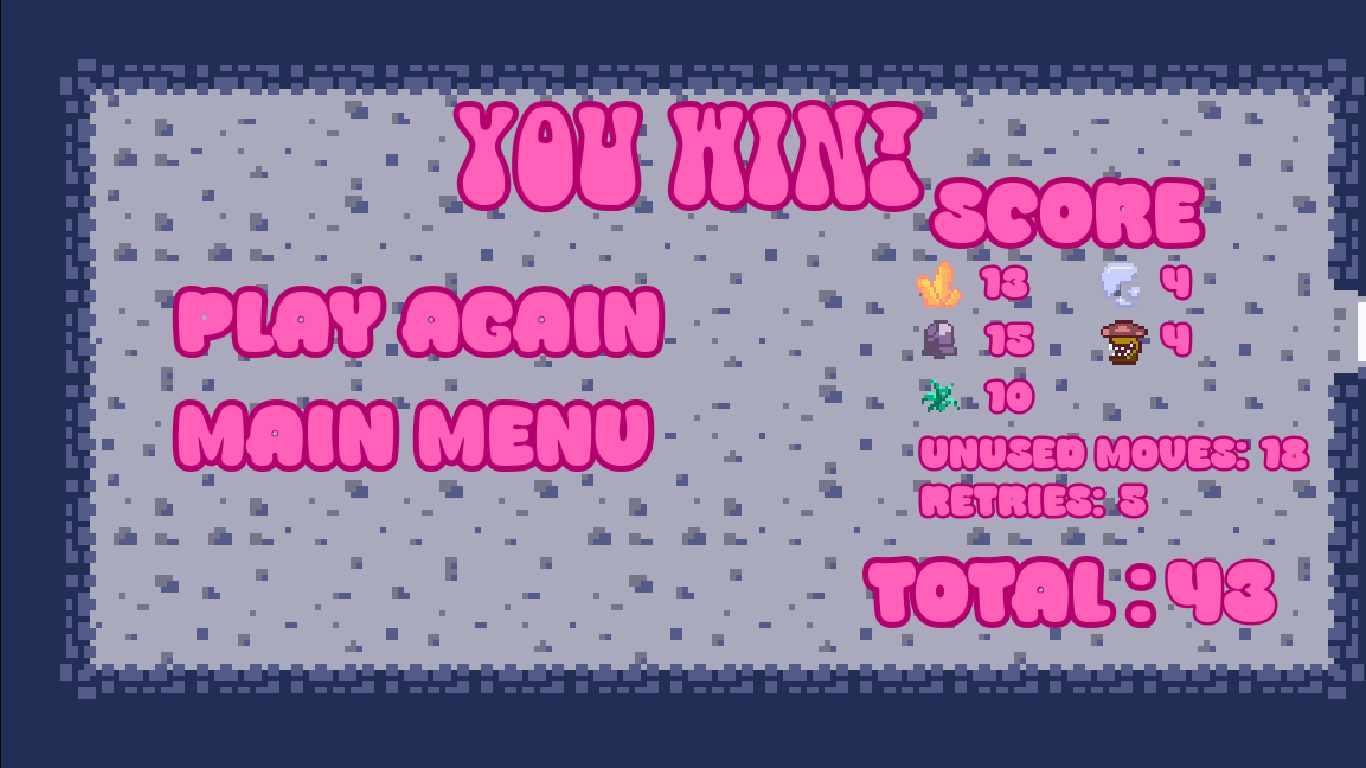
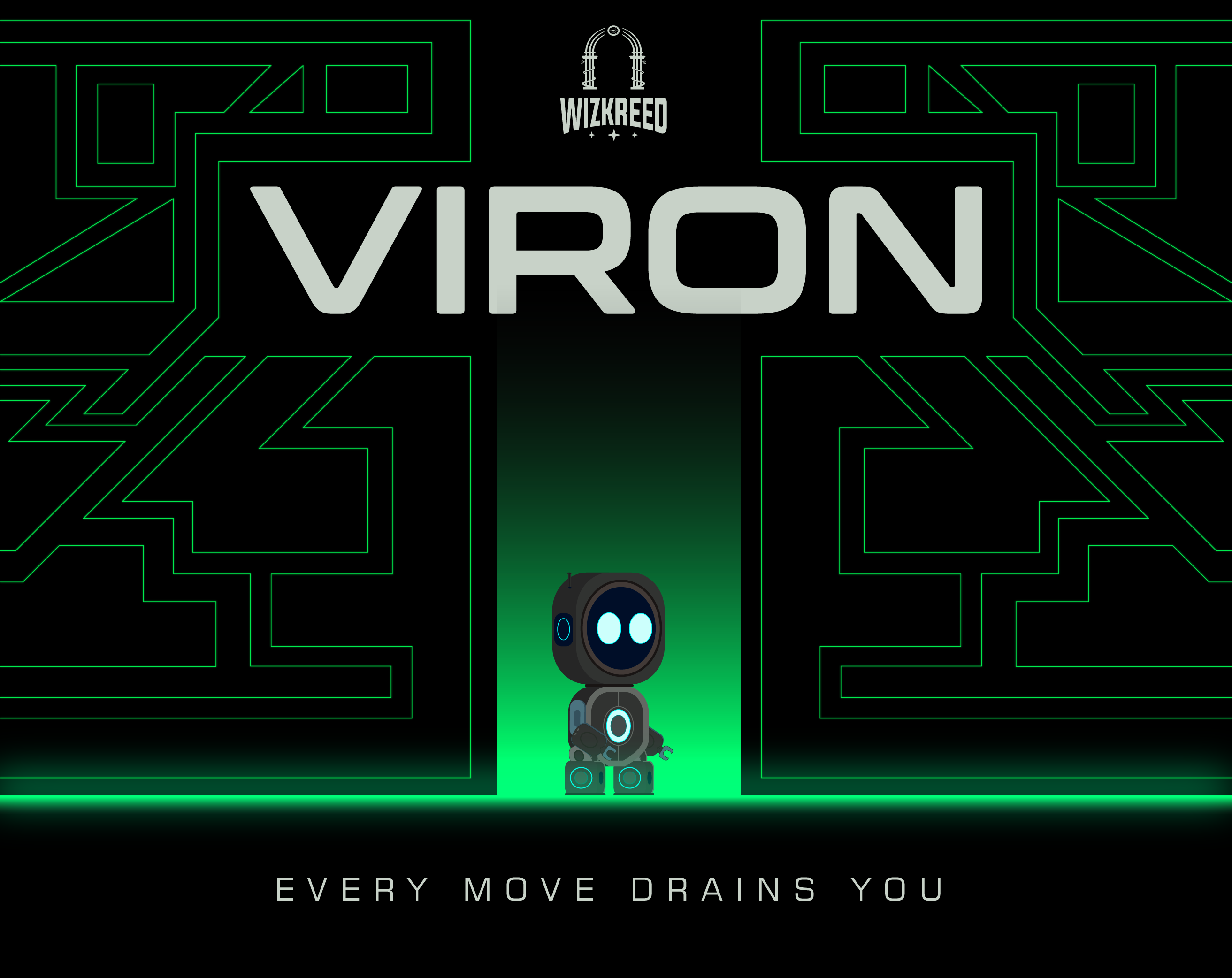 Hello everyone! This is a devlog for my latest 2D puzzle-platformer, Viron, which I developed for a game jam in just a few days. The core idea behind Viron is simple but impactful — every movement costs something. Whether you’re walking, crouching, or jumping, your energy drains, and once you’re out of energy or health, it’s over. The game forces you to analyze, plan, and reflect before making any move.
Hello everyone! This is a devlog for my latest 2D puzzle-platformer, Viron, which I developed for a game jam in just a few days. The core idea behind Viron is simple but impactful — every movement costs something. Whether you’re walking, crouching, or jumping, your energy drains, and once you’re out of energy or health, it’s over. The game forces you to analyze, plan, and reflect before making any move.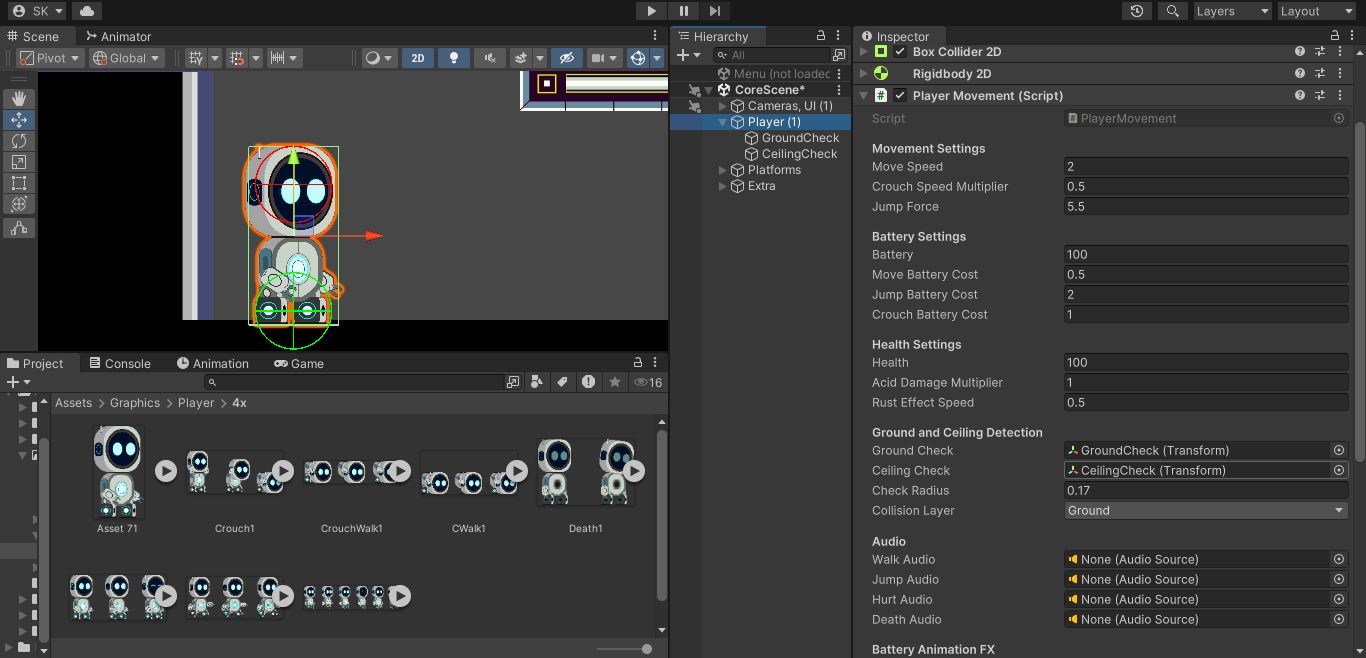
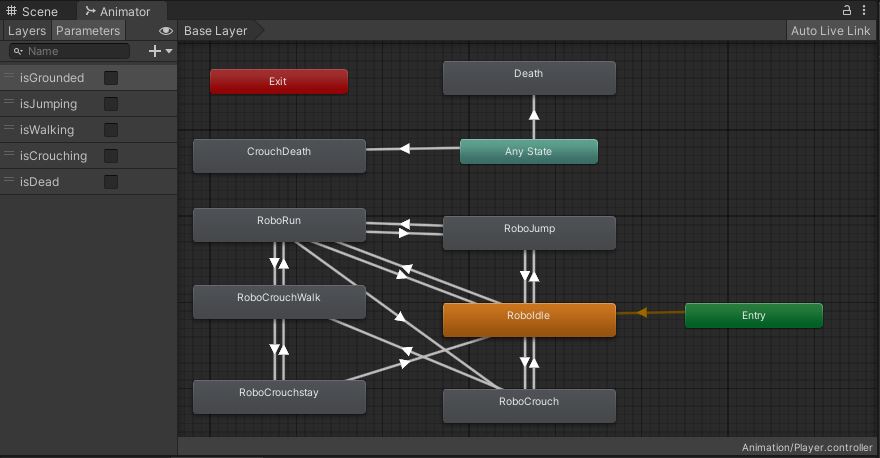
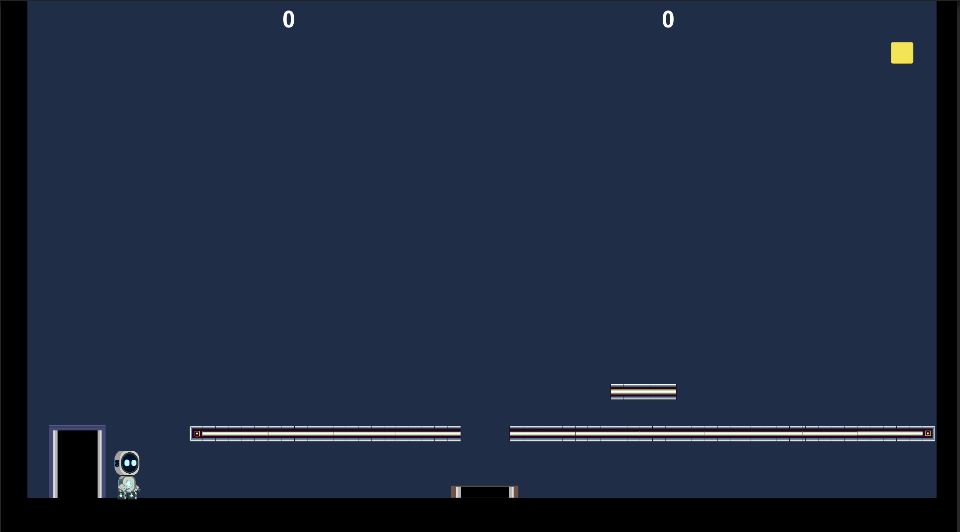
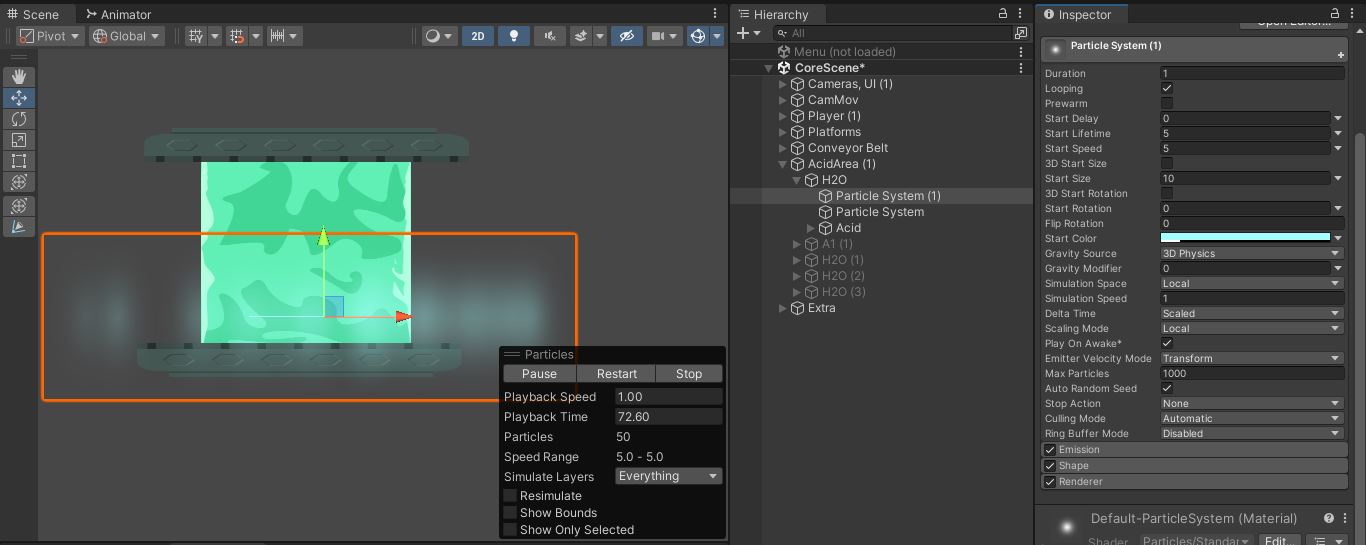
 Breakable platforms that destroy after a delay
Breakable platforms that destroy after a delay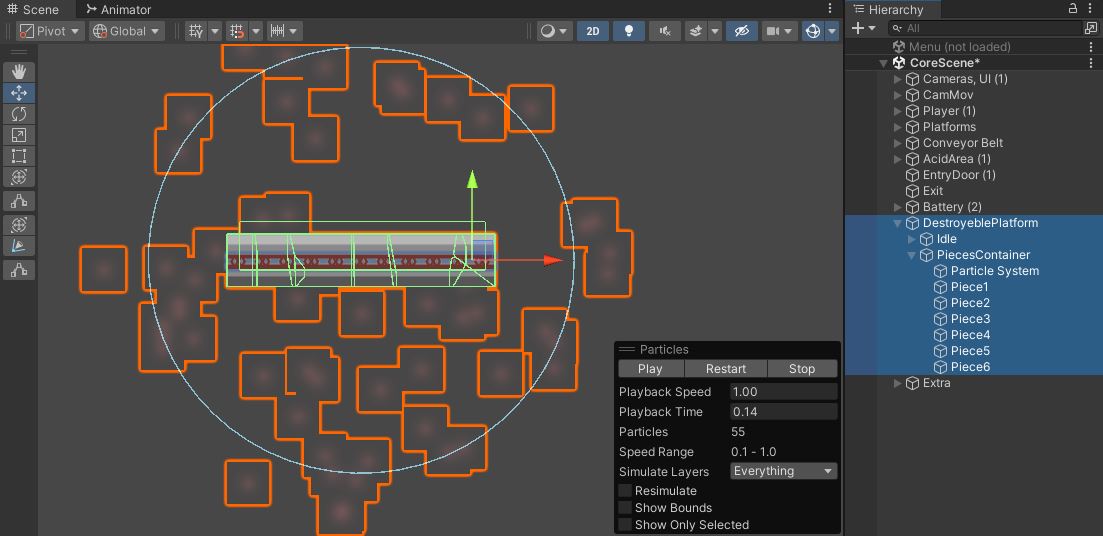 A basic enemy prefab that could shoot or patrol
A basic enemy prefab that could shoot or patrol
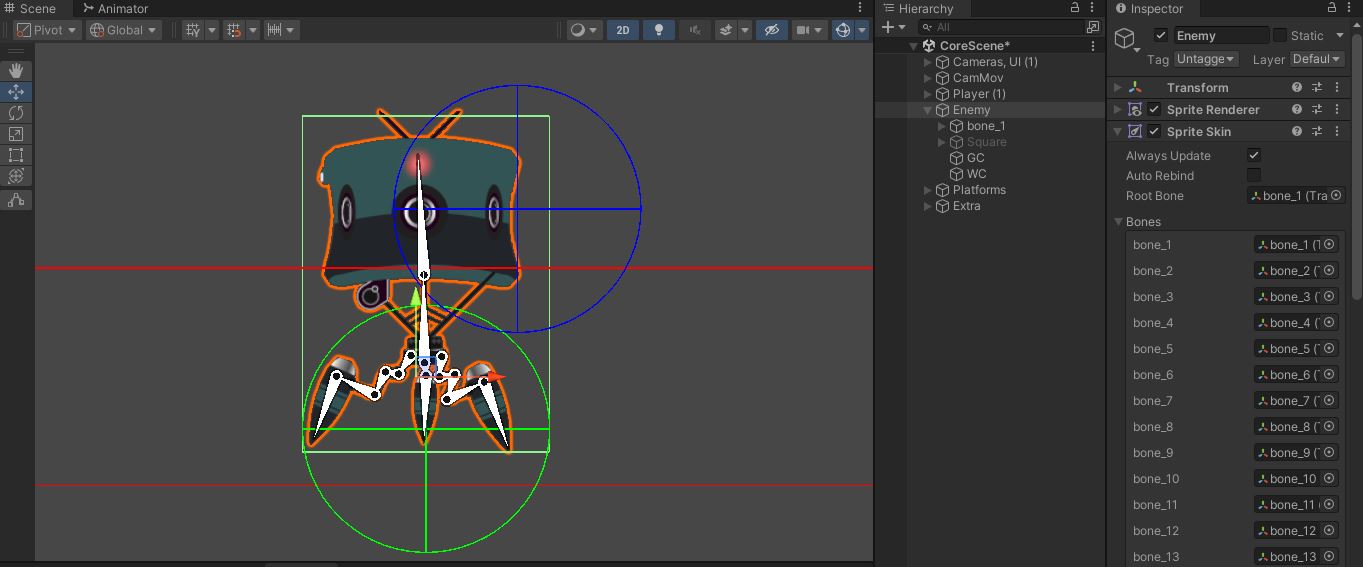 Battery pickups that restore energy and give visual/audio feedback
An elevator system and instant camera switching (instead of Cinemachine, which I usually use)
Set up trigger zones for camera movement, sound triggers, and level logic
Battery pickups that restore energy and give visual/audio feedback
An elevator system and instant camera switching (instead of Cinemachine, which I usually use)
Set up trigger zones for camera movement, sound triggers, and level logic
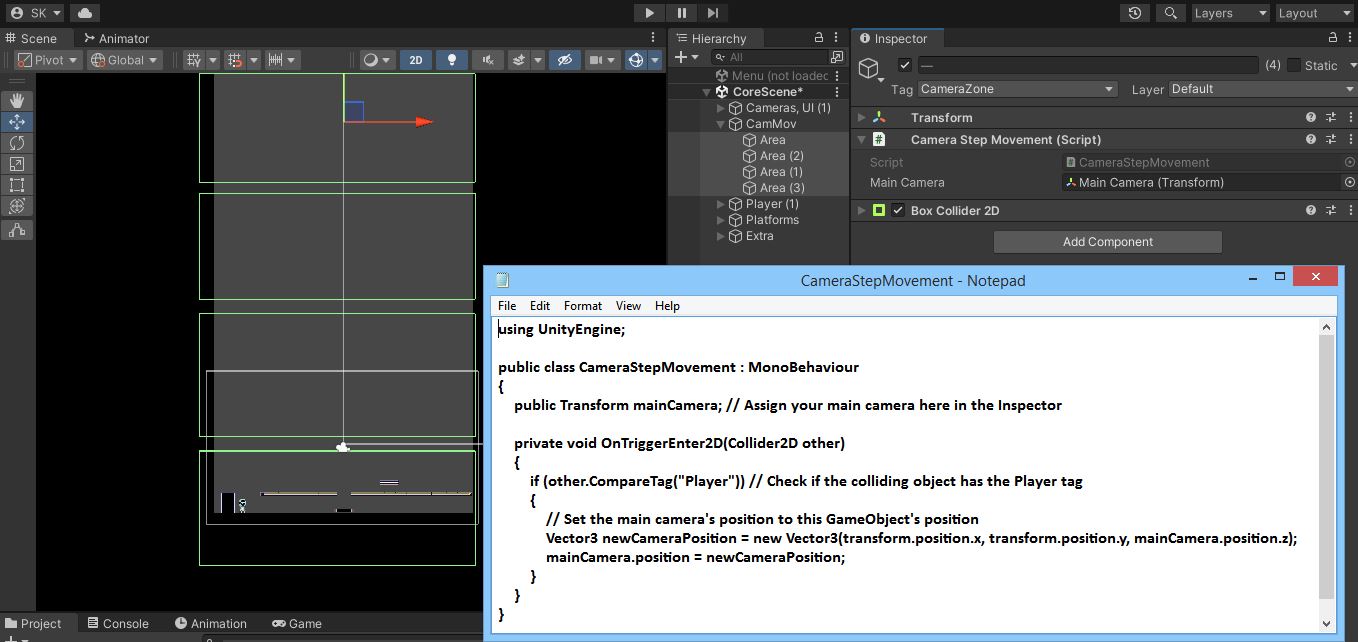 This day was exhausting — building all of that from scratch solo is never easy. But I pushed through, and by the end, the levels were finally feeling “alive.”
This day was exhausting — building all of that from scratch solo is never easy. But I pushed through, and by the end, the levels were finally feeling “alive.”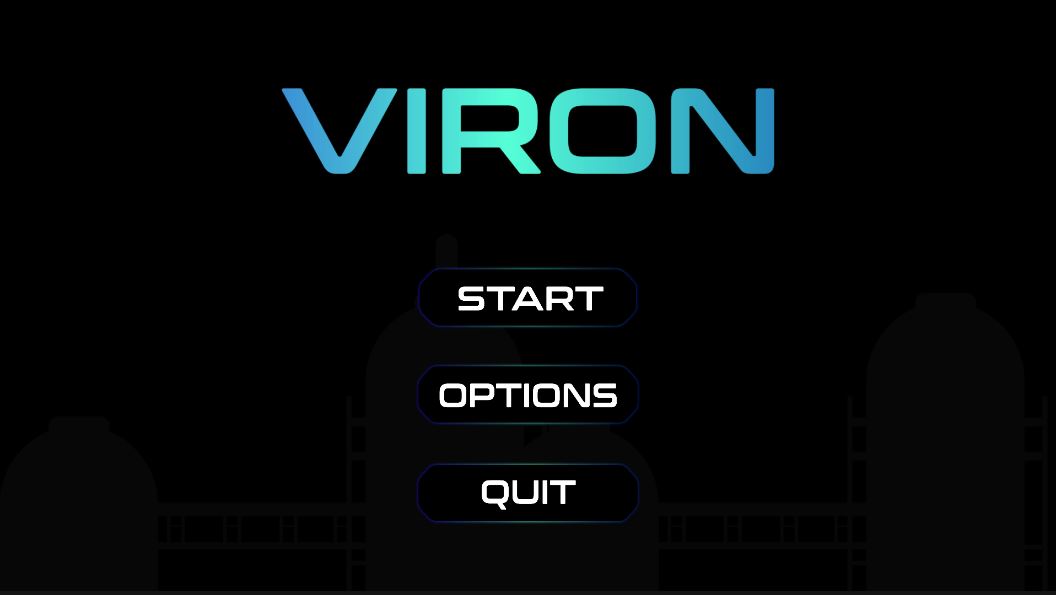 Added a hidden Easter egg room with lore displayed on an in-game computer screen
Added a hidden Easter egg room with lore displayed on an in-game computer screen
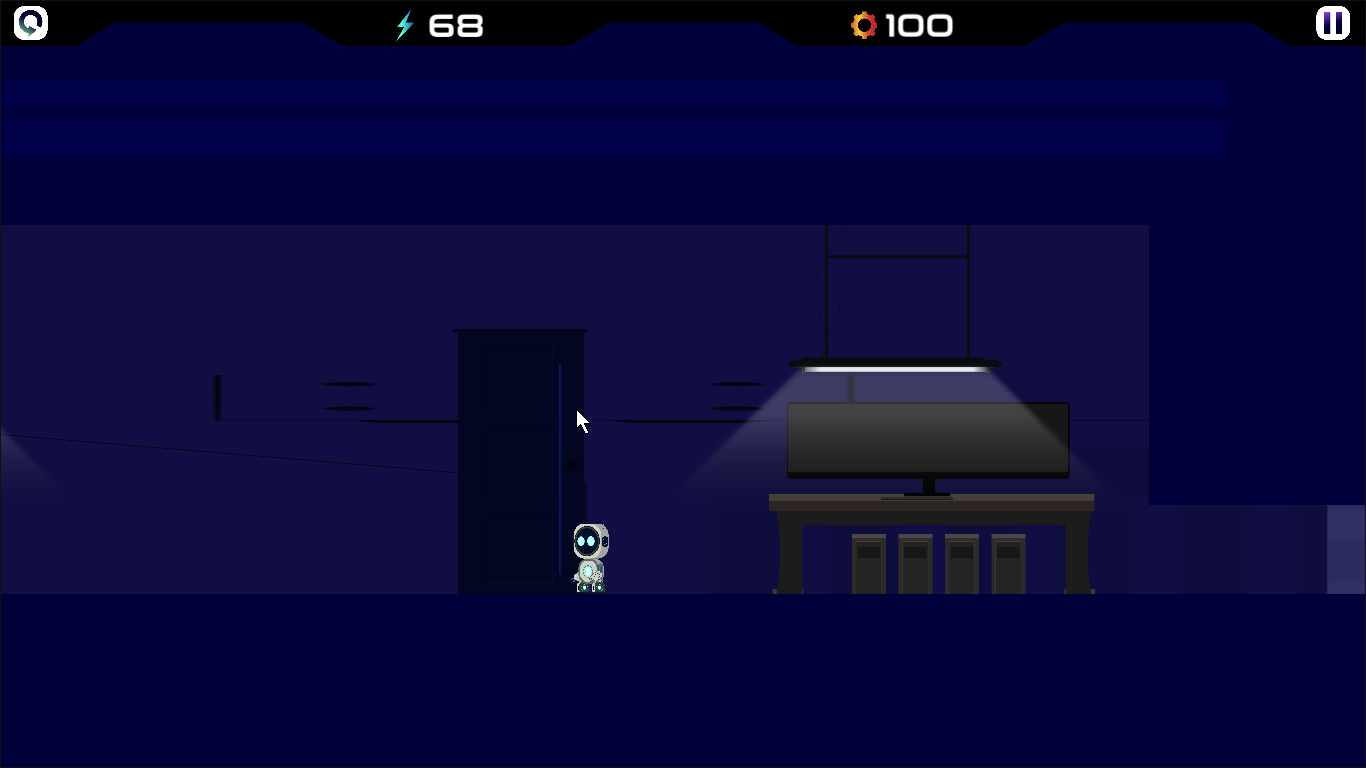 Used BandLab to edit SFX and create the BGM (yes, I composed it myself!)
Fixed all major bugs, collisions, and level transitions
Playtested the entire game 3 times in WebGL to ensure a smooth browser experience
By the final few hours, I was racing against time — tweaking final platforms, positioning enemies, balancing energy vs. health mechanics — and finally, I uploaded the ZIP file on Itch.io just before the submission window closed.
Used BandLab to edit SFX and create the BGM (yes, I composed it myself!)
Fixed all major bugs, collisions, and level transitions
Playtested the entire game 3 times in WebGL to ensure a smooth browser experience
By the final few hours, I was racing against time — tweaking final platforms, positioning enemies, balancing energy vs. health mechanics — and finally, I uploaded the ZIP file on Itch.io just before the submission window closed.